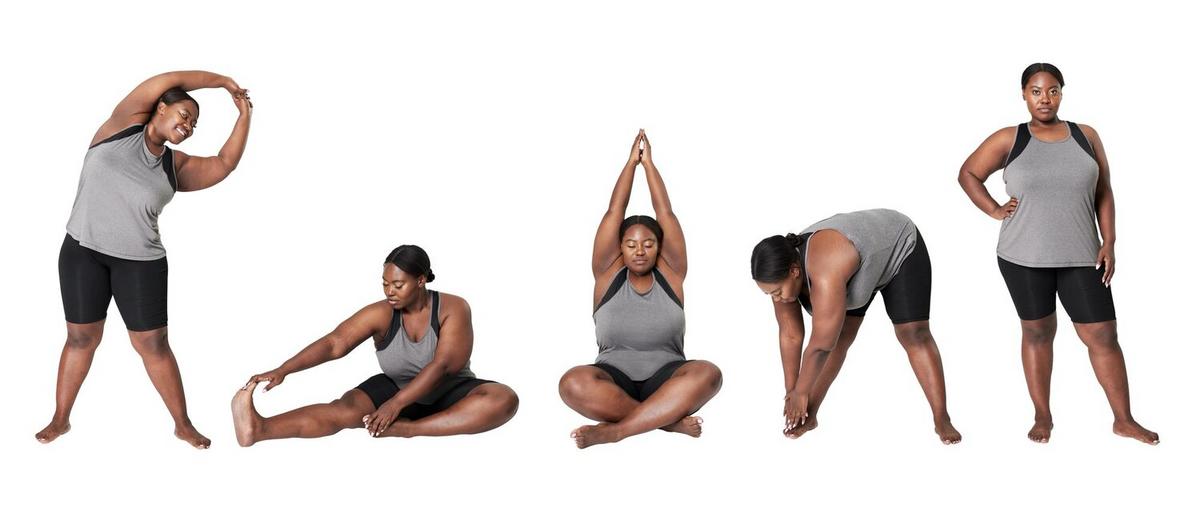
Yoga for Flexibility: Poses to Enhance Your Practice
Yoga has long been celebrated for its holistic benefits, offering not just physical fitness, but also mental clarity and emotional balance. Among its many advantages, enhancing flexibility stands out as a key reason why many practitioners turn to yoga.
Flexibility is essential for overall health, as it improves posture, reduces the risk of injury, and enhances athletic performance. According to a study published in the Journal of Strength and Conditioning Research, individuals who practice yoga regularly experience significant improvements in flexibility compared to those who engage in traditional stretching exercises.
Key Yoga Poses for Flexibility
To boost your flexibility, integrate these poses into your routine. Each pose targets different muscle groups, providing a comprehensive stretch.
-
Downward-Facing Dog (Adho Mukha Svanasana)
This foundational pose stretches the hamstrings, calves, and shoulders. It’s a great way to start your flexibility journey.
-
Cobra Pose (Bhujangasana)
Enhances flexibility in the spine and opens up the chest and shoulders, promoting better posture.
-
Seated Forward Bend (Paschimottanasana)
A deep stretch for the spine, hamstrings, and lower back. It also calms the mind, making it ideal for relaxation.
Expert Insights
“Yoga is not about touching your toes. It’s about what you learn on the way down,” says Judith Hanson Lasater, a renowned yoga teacher and author. Her insights underscore the importance of the journey in yoga practice.
Actionable Tips for Enhancing Flexibility
- Consistency is Key: Practice regularly, aiming for at least three sessions per week.
- Listen to Your Body: Avoid pushing yourself into pain. Flexibility will come with time.
- Warm Up: Always start with a gentle warm-up to prepare your muscles.
Combine yoga with other activities like swimming or pilates to further enhance flexibility and overall fitness.
Flexibility Progress Table
| Yoga Pose | Muscle Group Targeted | Progress Outcome |
|---|---|---|
| Downward-Facing Dog | Hamstrings, Calves | Increased Leg Flexibility |
| Cobra Pose | Spine, Chest | Improved Backbend Ability |
| Seated Forward Bend | Spine, Hamstrings | Enhanced Lower Back Flexibility |
| Triangle Pose | Legs, Groin | Better Side Stretch |
| Bridge Pose | Chest, Neck | Strengthened Back Muscles |
| Pigeon Pose | Hips, Glutes | Greater Hip Flexibility |
| Child’s Pose | Back, Shoulders | Relaxation and Stretch |
| Cat-Cow Pose | Spine | Increased Spinal Flexibility |
Frequently Asked Questions
Is yoga suitable for everyone?
Yes, yoga is adaptable for all ages and fitness levels. It’s important to modify poses according to personal ability and consult a professional if needed.
How long does it take to see improvements in flexibility?
Results can vary, but with consistent practice, many see improvements within a few weeks.
Can I practice yoga if I have a previous injury?
It’s advisable to consult with a healthcare provider or a certified yoga instructor to tailor a practice that accounts for any injuries.
Conclusion
Enhancing flexibility through yoga is not just about physical gains, but also about embracing the journey and understanding your body’s limits. As you incorporate these poses into your routine, remember that consistency and mindfulness are your best allies. Explore more about yoga and its benefits by visiting reputable resources online.


